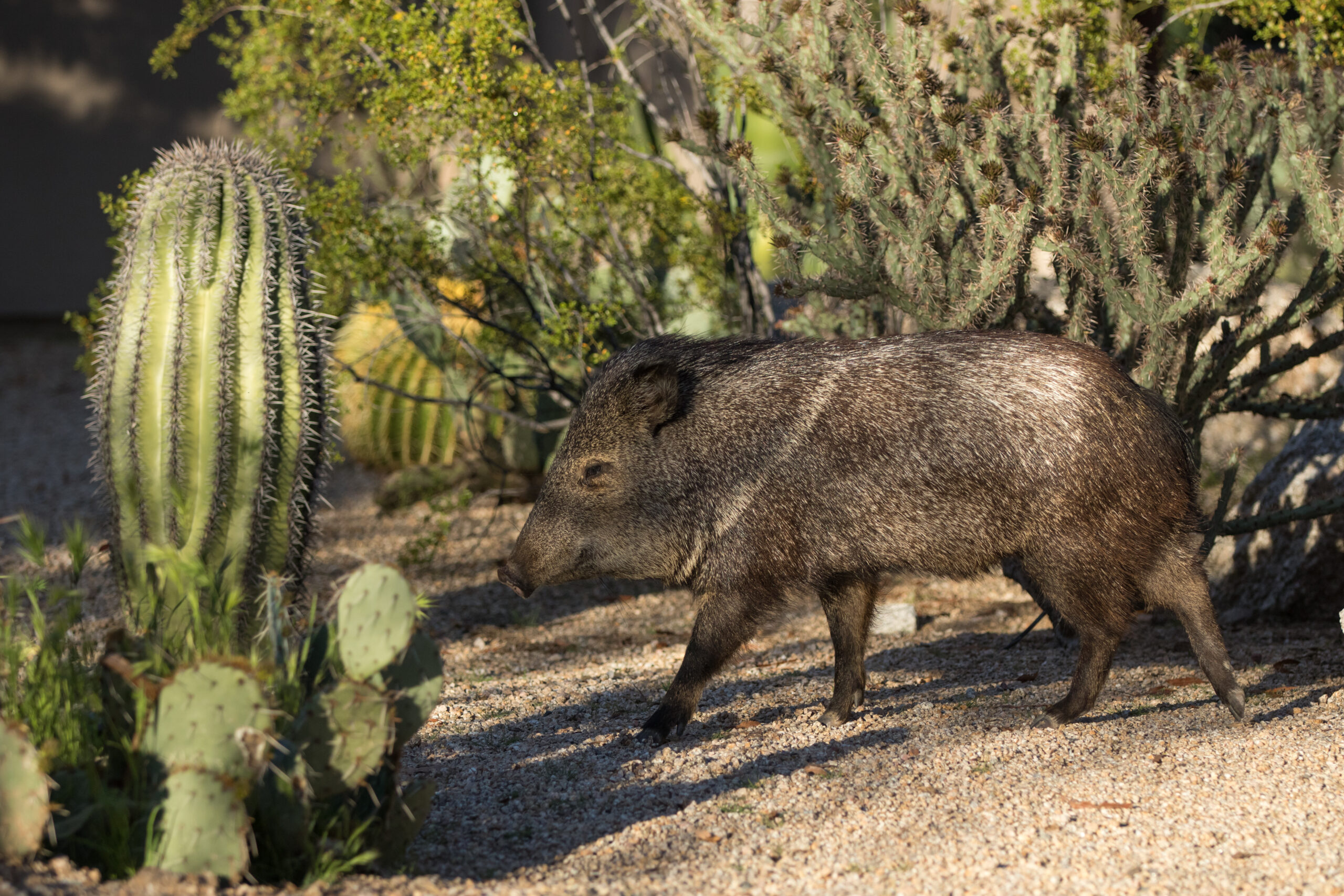Places
Hunting Adventure: For the Love of Danger
December 1, 2025 •Doug Howlett
January 16, 2024
Though javelina, and the pursuit of the peccary, have been commonplace in Arizona for nearly a decade, the Arizona Game & Fish department have gathered that they’re not a native species to the land. By studying archaeological sites and texts, they’ve discovered that, despite the current popularity of Arizona javelina hunting, javelina bones cannot be found in distant times — and mentions of them are far and few between. Experts suspect that the javelina migrated north from South America when Arizona’s scrub and cacti phased out native grasslands.
The introduction of this non-native species into the Arizona environment has been controlled by hunting since before the 1920s where, shortly after, it was declared as big game. The popularity of hunting javelinas for sport saw an influx after WWII, with a spike in archery hunting peccary popularity in 1956. Throughout the years, hunting javelinas has continued to be a unique opportunity that the Arizona wilds offers.

At Fort Huachuca in southeastern Arizona, javelina season opened with archery on January 1st this year. And it phases into general firearms season starting February 23rd and running through March. Young hunters can reap the benefit of youth javelina hunts from February 9th through the 19th. Javelinas are one of many great hunting opportunities available at Fort Huachuca, with spring bear season right around the corner.
Hunting the desert landscapes of Arizona offers a thrilling and unique challenge for any avid outdoor enthusiast. And if harvesting a javelina is on your checklist then Fort Huachuca is the perfect locale for you. Learn more about recreating at Fort Huachuca with iSportsman by visiting their website.
